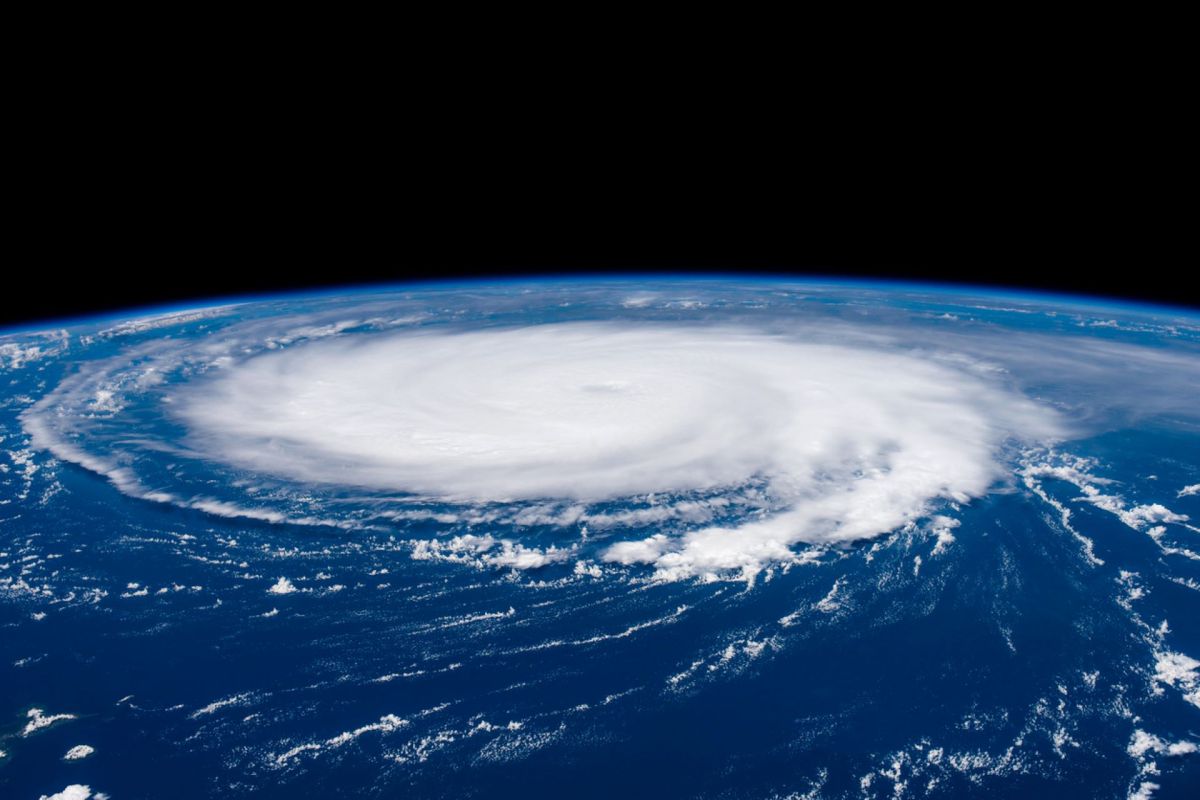Mega-hurricanes, a byproduct of our warming planet and oceans, are becoming the norm, not the exception.
What's happening?
Hurricanes are becoming so intense that the current scale — the Saffir-Simpson scale that rates hurricanes from 1 to 5 based on wind speeds — should expand to include a "Category 6" designation, according to a new study from the Proceedings of the National Academy of Sciences.
The current highest category, Category 5, is defined as having wind speeds of at least 157 mph.
Why would Category 6 hurricanes be concerning?
A Category 6 hurricane would have sustained winds of 192 mph or more. "[That speed] is probably faster than most Ferraris; it's hard to even imagine," said Michael Wehner, a scientist at the Lawrence Berkeley National Laboratory who co-proposed the new hurricane designation.
Under the new scale, five storms since 2013 would qualify as Category 6: four typhoons in the Pacific Ocean and Hurricane Patricia from 2015, whose winds maxed out at 215 mph when it formed near Mexico's Pacific coast. It seems only a matter of time before the Atlantic basin experiences one.
"There haven't been any in the Atlantic or the Gulf of Mexico yet, but they have conditions conducive to a Category 6; it's just luck that there hasn't been one yet," said Wehner.
Watch now: What's the true environmental impact of renewable energy?
What does global warming have to do with hurricanes?
Ever-intensifying hurricanes are part of the pattern we're experiencing due to rising global temperatures. Extreme weather events have happened throughout history and will continue to do so. However, human-manufactured global temperature changes can supercharge weather, like giving a hurricane a performance-enhancing drug.
Greenhouse gases prevent the heat from entering space from the Earth's surface. Instead, much of that excess heat returns to the ocean, where an estimated 91% of all excess heat energy gets stored.
Hurricanes have long been known to be more powerful with warmer water, so higher average ocean temperatures are only leading to this new normal, causing the recommendation of a new category to properly rank these extreme hurricanes.
What can I do to help?
Clean, renewable energy sources can help cool the planet, and so many resources and incentives are available that there are dozens of ways to make a big or small difference.
Many Americans are not aware they can get a 30% tax credit when installing solar panels. It's one of several crucial benefits of the Inflation Reduction Act passed in 2022. You can also receive a $1,600 rebate to replace your home's insulation and a $7,500 tax credit if you purchase a new electric vehicle.
If you want a quick solution, upgrade to a low-flow showerhead. Most of the energy we use in our homes is to heat water. A low-flow showerhead can save the average house nearly 2,700 gallons of water and $70 annually combined between water and energy bills, the latter of which has an even more direct impact on reducing carbon dioxide pollution.
Join our free newsletter for cool news and cool tips that make it easy to help yourself while helping the planet.
TCD Picks » Upway Spotlight















